by Wallace Wyss –
I remember back in the Fifties when a Maserati race car was considered equal to Ferrari. But Maserati fell upon hard times when Ferrari kept chugging along. At least when DeTomaso owned it, they came out with two mid-engined cars the Bora and the Merak.
This new model might be thought of as a competitor to Ferrari’s V8 model and the price might be $200K which is right in there with Ferrari.
The Maserati MC20, similar to the new mid-engined Corvette, will come in coupe and convertible body styles but beating the Corvette timetable it will come in both electric and internal-combustion versions.
The car is relatively free of all the gee-gaw design cues that supercar owners want to show off their muscles with–no overly aggressive wings and air intakes like some supercars that make them look like angry insects.
This car is just the starting shot with plans for 10 new or heavily revised models by 2023—this one a 2021.
The “20” marks the year and the “MC” stands for “Maserati Corse” (translation: “Maserati Racing”), referencing both that it is built around a central carbon-fiber tub created working with a great engineer, Dallara, whose firm produces the tub for the Alfa Romeo 4C and Bugatti Chiron.
What’s more, Maserati claims the internal-combustion version of the coupe will weigh just 3240 pounds.The internal combustion engine version will be first on the market. Like the Merak it has a V6 but it’s an all new engine. According to Car & Driver the 90-degree V-6 engine, it’s named “Nettuno” (Italian for “Neptune”).
This twin-turbocharged 3.0-liter has oversquare cylinder dimensions—meaning the bore is larger than the stroke. The DOHC heads have a total of 24 valves, port and direct fuel injection, and two spark plugs for each cylinder.
One of those plugs incorporates a passive pre-chamber ignition system. The air-fuel mixture is forced into this antechamber during the piston’s compression stroke, and primary ignition takes place inside it. The flame then propagates in a star-shaped pattern from jets on the pre-chamber.
Maserati engineers say this combustion process—used on its own, not at all, or in combination with conventional combustion-chamber spark-plug ignition—makes for a more efficient engine. All this technology, Car & Driver says, is from Formula 1 design.
The V6 is rated at 621 horsepower at 7500 rpm, 207.6 horsepower per liter. It boasts 538 pound-feet of torque available from 3,000 to 5,500 rpm. The Nettuno is redlined at 8000 rpm and is mated to an eight-speed dual-clutch transaxle featuring a limited-slip differential.
The 0-60 mph times is less than 3.0 seconds and a top speed is quoted at 202 mph. They are fairly mum on the EV version other than it will power all four wheels and be quicker off the line than the gas car. The company is aiming for a range of more than 235 miles before you need to plug it in.
The site called The Drive said this about the suspension: “To make its supercar handle accordingly, Maserati went for a short spindle semi-virtual double-wishbone suspension layout both front and rear. That means the system comes with two bottom links, and just one at the top. Active shock absorbers, standard anti-roll bars and an optional front lift system complete the package, while behind the DCT, the MC20 features either a mechanical differential, or an available electric one.”
The Drive added this about the brakes: “The brake rotors and their colorful monoblock calipers come from Brembo, which supplies Maserati with 390 x 36 mm CCM (carbon ceramic) discs with six-piston calipers for the front axle, and 360 x 28 mm discs with four-piston calipers for the rear of the MC20.”
The head designer credited is design boss Klaus Busse, who didn’t want wings and huge scoops. Air enters the engine compartment through a high-mounted inlet behind the cabin. The polycarbonate engine cover incorporates louvers to help release hot air.
DESIGN COMMENTARY
FRONT Very traditional Maserati oval grille. I think if they wanted to look less Supercar they shouldn’t have the front scoops be black, instead make them body color. This making trim black goes back to the Vietnam war when they made camera cases black but it’s not necessary. Chrome or polished alloy looks better.
SIDE Same criticism, don’t need black. Every tinhorn Japanese rice rocket has black this and black that. Polished metal looks classier. Especially bad is the lead into the side air intake. And even worse is the black section on the lower part that looks like a 6″ wide five foot long board painted black.
REAR Taillights are tasteful. Slots cut in rear window are too industrial, like some vent in an industrial machine. The upswept black section again says ‘race cars have black, we will too’ when the public using this as a touring car wants a body that looks complete for the road not one that has makeshift race equipment jammed on…though if all that busy stuff in black at the back is actually used for downforce I can forgive it.
The car has a completely encased floor that raises in the center to accelerate airflow, aided by vortex generators at the front and a large diffuser at the rear. Overall drag is drag is 0.38 Cx. with channels of different depths and vertical fins.
IN SUM It has a good start, being mid-engined, and having a V6 that might be better in gas mileage than a V8. But side and rear views are not breaking any new ground.
The electric option will “save it” if internal combustion cars are outlawed from certain areas by zealot ecologists electing officials who will pass such laws.
Let us know what you think in the Comments.
THE AUTHOR: Wallace Wyss is the author of 18 car books and co-host of Autotalk, a weekly show broadcast from KUCR FM Riverside. He has been a guest speaker on design evolution at the Art Center School in Pasadena.
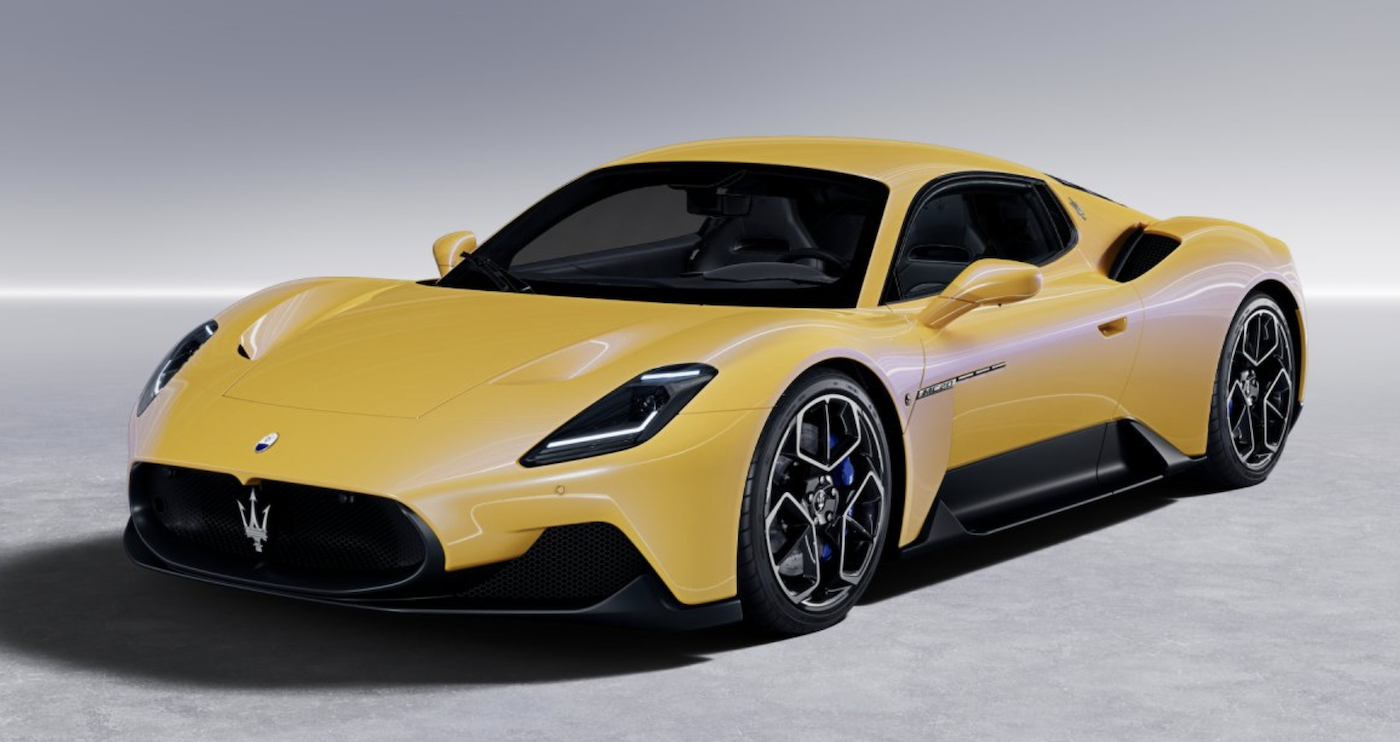
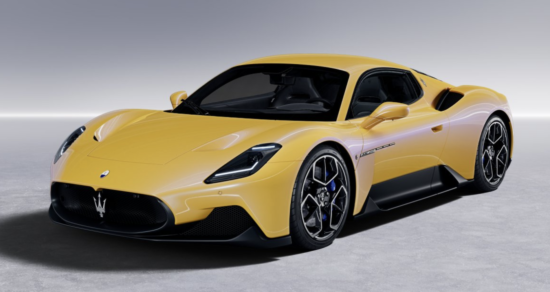
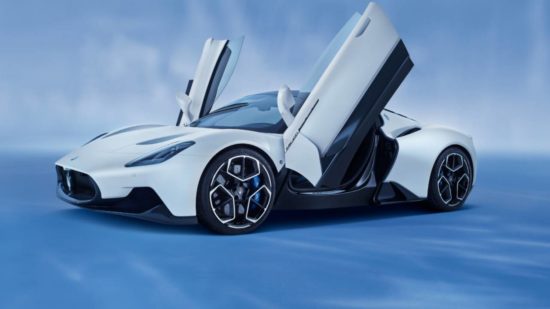
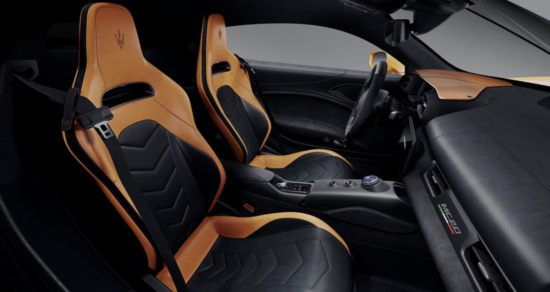
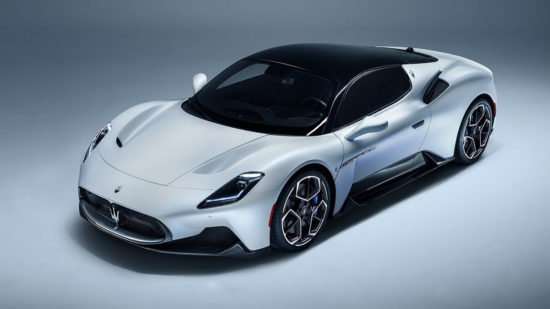
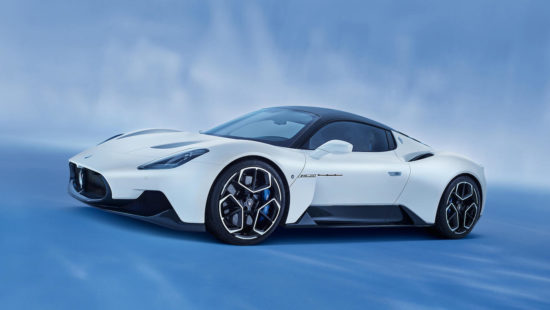
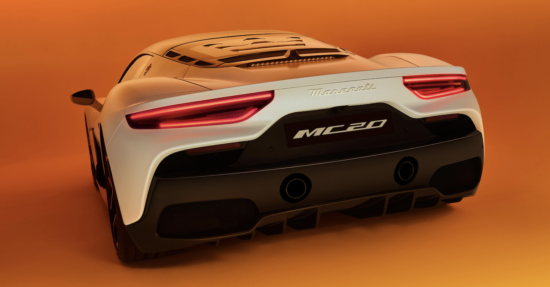
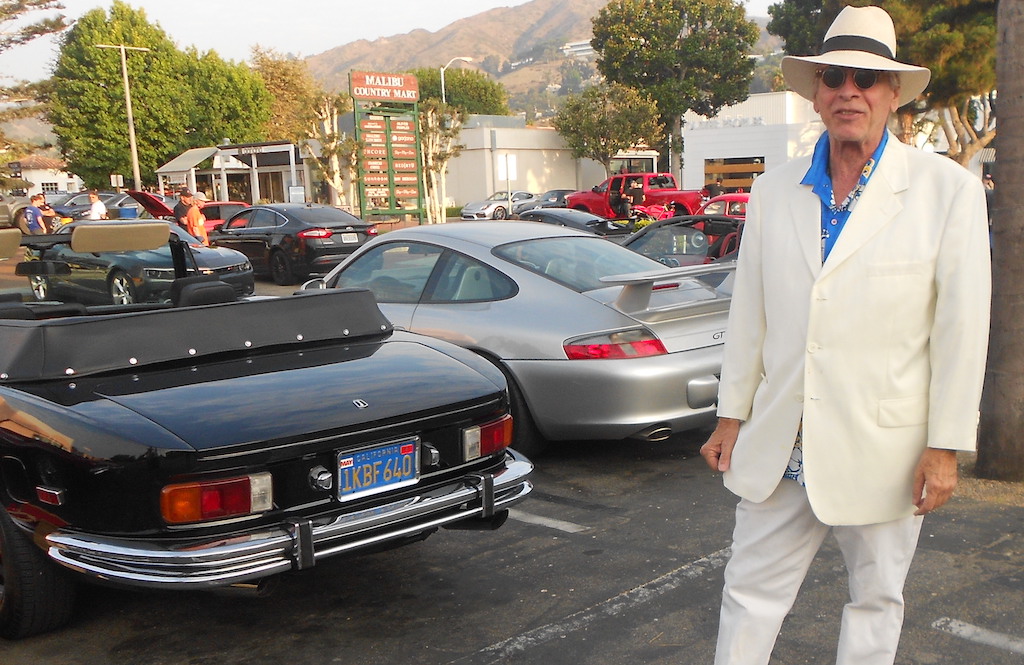



Love the idea of the Nettuno/Neptune name for the new engine, given Maserati’s trident badge.
Pretty nice looking car , but please for us keen overseas followers of My Car Quest could you please quote figures in metric as well as you have done in the size of the discs in this car , which are huge at 15.35 x 5.35 inches in old Imperial language . Currently there are only three countries in the World not using the metric system , USA , Liberia & Myanmar . Horse power of 621 is very impressive for a 6 cylinder engine which in metric is 463 . Does it do 0 to 100kph in a little over 3 seconds as 0 to 60mph is only 96.56 km ? It only weighs 1469 kilos which is about the same as an old 6 cylinder family 5 seat family hack like a Ford Falcon sedan which Australia doesn’t manufacture anymore . As a matter of fact this country doesn’t manufacture any mainstream cars anymore which is pretty sad . Amazing that rim sizes in the World remain in inches for the diameter & width , but in tyres the diameter is in inches but the width is metric ! Also love the name Neptune for the engine as we once used to have Neptune petrol/gasoline/essence in Australia which sponsored a very successful care race team .
Wayne,
Thank you for the suggestion on units. I know here in the USA we can be behind sometimes. But we inherited our units of measure from our friends the British, then they changed and left us behind!
I find this frustrating like when I used to travel to London frequently the bartenders would serve me Scotch whiskey in a 25 ml pour precisely for one drink. I always had to order a double.
When we were supposed to be changing years ago in the UK, we didn’t. Not altogether. So for example we still buy our beers as pints. And most of us still thing of fuel economy in terms of miles per gallon, even if the Imperial gallon is different from the US gallon. Thankfully, our road signs are still in miles, rather than kilometres.
I was saddened when Australia dropped car manufacture, as I always used “Do they make cars here?” as one of my criterions for evaluating a country is the answer to that.
Even Switzerland makes some oddball truck (Steyr-Puch Haflinger?) I hope if they have a design school there they still teach car design as part of Industrial Design.
Wallace , the new Brabham BT62 Supercar is being manufactured in South Australia and small EV vans are being built by ACE-EV , also in Adelaide the city where Australian designed Mitsubishis used to be built . There are a few very clever people building low volume cars in Australia , but with a population of only 25 million in a country of similar size to the US where assemblers earned way more than their overseas counterparts it was just not economically viable to continue . A few years ago GM Australia used to make V8 American Police cars called Holden Statesmans here and Ford made a two seater sports car from 1989 to 94 called a Ford Capri here and called a Mercury in LHD US form to compete with Mazda’s MX5 . It failed miserably as the roof leaked and the interior rattled and it handled and performed like a tired snail . Give me an MC20 any day please .
To the best of my knowledge, Steyr is an Austrian firm, and not Swiss. Neighbouring countries, I know. But it’s a bit like calling Canadians Americans.
But for Swiss manufacture, the firm of particular interest to this website must surely be Monteverdi.
The Monteverdi Palm Beach is one of my favorite cars, a two seat convertible, They have it in the Monteverdi museum
You’re right Steyr-Daimler-Puch is from Graz, Austria, I should have guessed that because one of their vehicles was named after the Pinzgauer, after an Austrian breed of horse, and I delve in the equine field,
I looked up that Brabham but am mystified why they would announce they would make only70 cars without saying other vehicles are “in the pipeline.”.